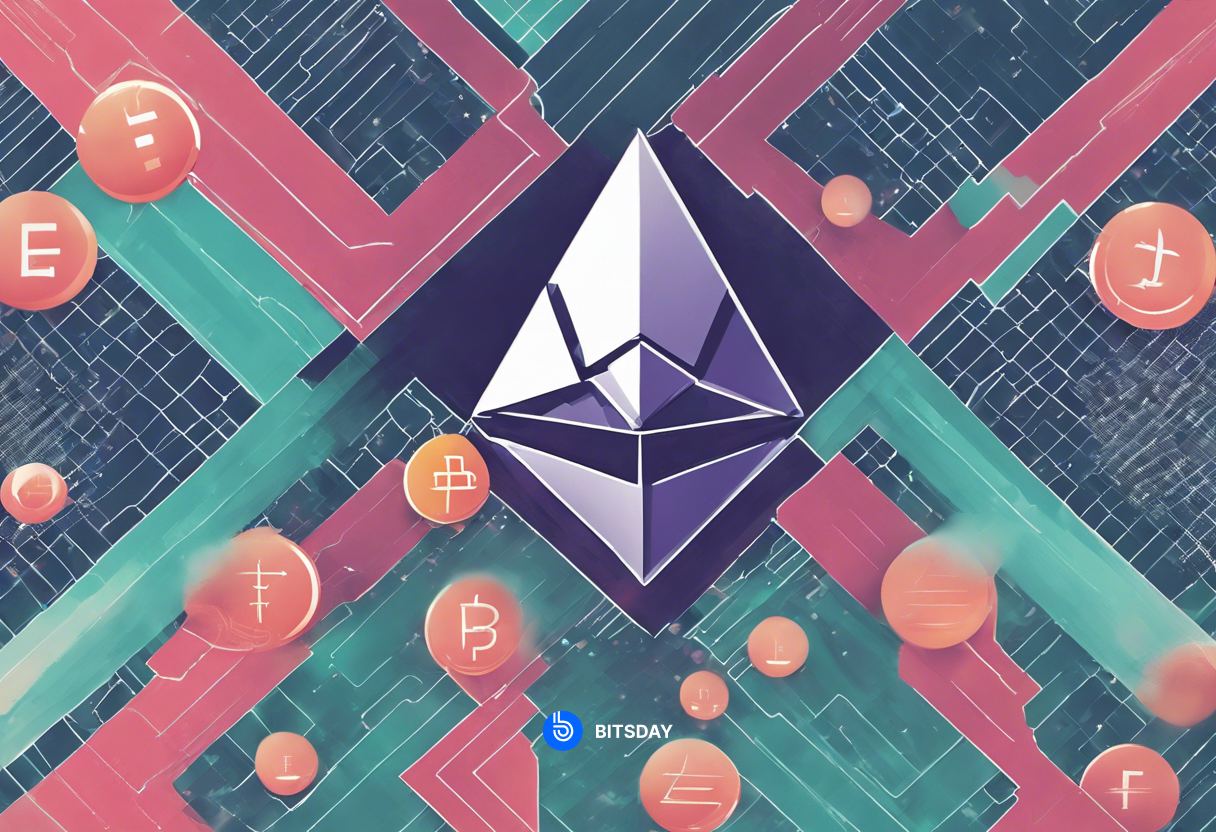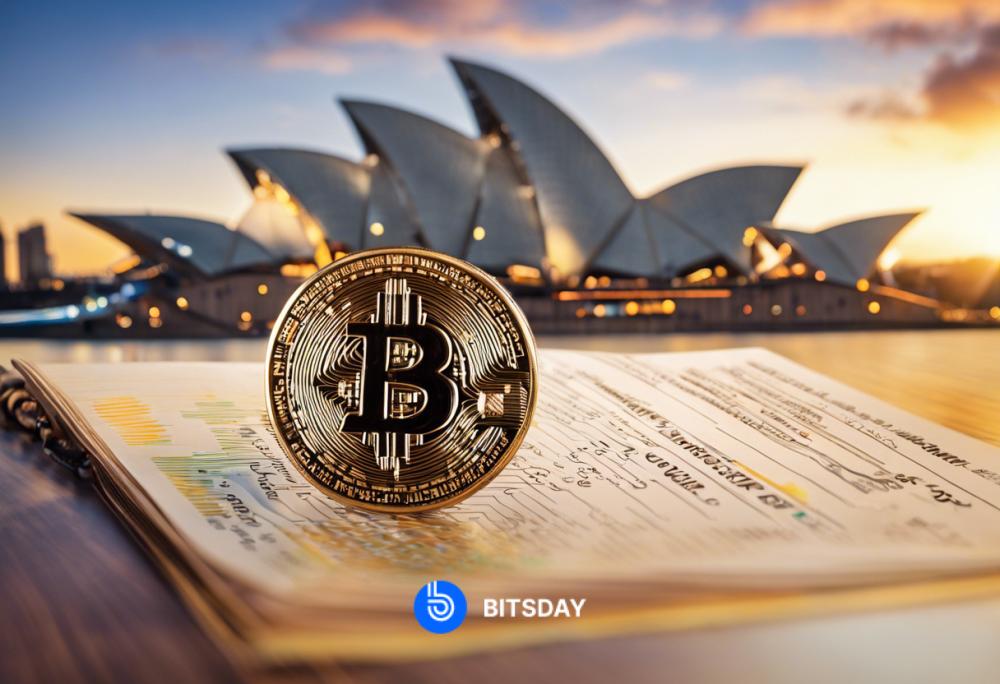Crypto Community Divided: The Ripple Effect of Ethereum Layer 2

The invitation system implemented by Blast has become a subject of controversy, sparking differing opinions on its efficacy in user acquisition or its resemblance to a pyramid scheme. Despite the suspension of withdrawals until March, a staggering sum exceeding $225 million has been deposited since Monday. Users participate in a reward program, accumulating "Blast points" through asset staking and referrals, a structure some critics equate to a pyramid scheme.
Blast, a layer-2 blockchain set to debut in March, has gathered a substantial sum exceeding $225 million in staked ether (stETH) and stablecoins, despite facing skepticism within the cryptocurrency community. Pioneering as the inaugural layer-2 network featuring native staking, Blast aims to yield profits through ether staking and tangible real-world assets. Layer 2 networks, built atop layer-1 blockchains such as Ethereum, strive to simplify transaction processes and reduce associated costs.
Under the leadership of the pseudonymous @PacmanBlur, a co-founder of the NFT marketplace Blur, Blast has drawn attention due to the support it received from notable entities like the crypto fund Paradigm and "eGirl Capital." Nevertheless, assets that are staked in the platform remain inaccessible until the Blast bridge is launched in February. During this interim period, users accumulate "Blast points" in anticipation of an airdrop scheduled for May. Additional points are obtainable through successful referrals, cementing Blast's status as an exclusive, invite-only platform as of Thursday.
Etherscan data reveals that a substantial portion of Blast's $225 million funds have been staked on the liquid-staking protocol Lido, securing Blast as the seventh-largest holder of staked ether. Nevertheless, the unorthodox practice of restaking on Lido in exchange for Blast points has faced criticism from the crypto community.
Blast is actually insane lol
— Wazz (@WazzCrypto) November 21, 2023
- Raise seed money with no testnet, no docs, nothing
- Use points and ref ponzi to attract TVL to a chain that doesn't exist
- Rawdogg the deposited $ETH into $stETH on a 5 person multisig of anon devs
We're getting more retarded by the minute pic.twitter.com/XA32pNw4nk
Some observers draw parallels between Blast points and a pyramid scheme, highlighting that early users gain more points based on the users they introduce. Technical documents disclose a 16% bonus for users when their invited participants attract more individuals, with an additional 8% bonus for the second level bringing in more people.
Let me set the record straight: @Blast_L2 is absolutely NOT a Ponzi scheme. pic.twitter.com/DJK0KiGKAX
— Dias (@0xDsalv) November 22, 2023
Concerns emerge regarding the necessity of additional layer-2 networks in the already crowded decentralized finance (DeFi) space, which comprises 232 blockchains(DeFiLlama). Ethereum dominates with a 55% share of the total value locked, followed by Tron at 17%, and Binance Smart Chain (BSC) at 6%. Notably, Coinbase and Kraken have recently introduced their layer-2 networks, as Blast's total value locked rapidly approaches that of Coinbase's Base.
Despite Blast's blockchain being slated to go live in four months, investors remain fervent, injecting capital into the platform despite uncertainties surrounding Blast points. Andrew Kang, co-founder of Mechanism Capital, highlights that Blast marks his
"First new L2 investment since Arbitrum."
Simultaneously, the closely associated Blur (BLUR) token has witnessed an 18% surge in the past 24 hours, securing a nearly 40% weekly gain. Some investors perceive it as a strategic move in anticipation of Blast. Blur founder @PacmanBlur asserts that Blast is an extension of the Blur ecosystem, enabling users to earn yields on idle assets while advancing the technical aspects necessary for offering sophisticated NFT products.
Read More: KPMG Canada and Chainalysis Join Forces Against Crypto Fraud

Trending



Press Releases

Deep Dives







